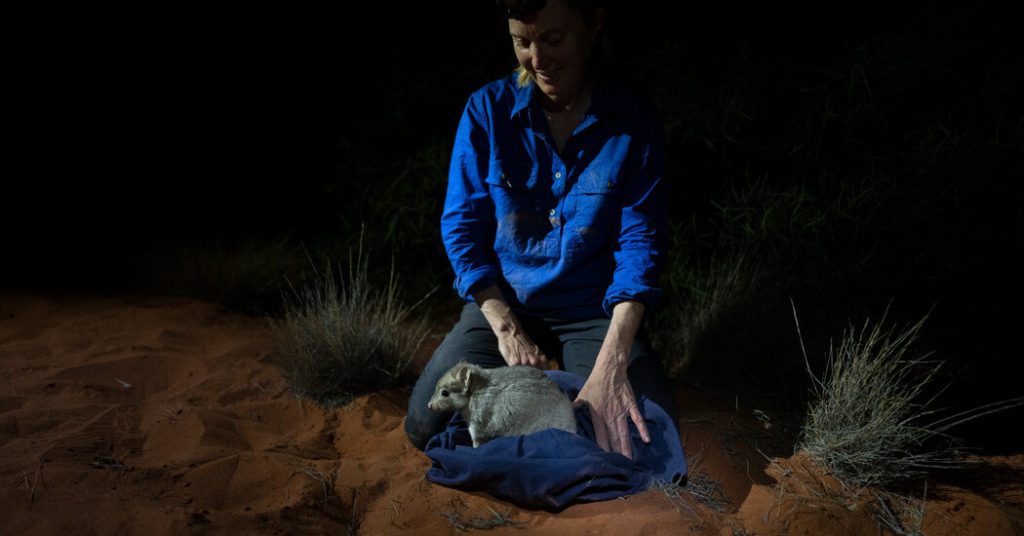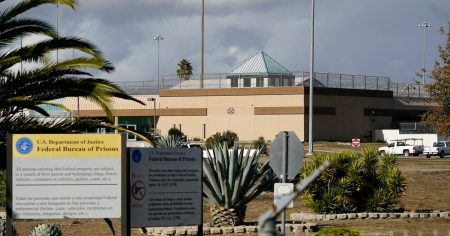Dr. Katherine Moseby, a principal scientist at Arid Recovery in South Australia, recognizes the threat that feral cats pose to the native wildlife. Despite her respect for the animals, she understands the importance of culling feral cats to protect vulnerable species like the greater bilbies and burrowing bettongs at the reserve. With the rising feral cat population in Australia, efforts to control and reduce their numbers are crucial to preserving the country’s unique ecosystems.
Since European settlers introduced cats to Australia in the late 18th century, at least 34 native mammal species have gone extinct due to predation by these invasive predators. The impact of feral cats on Australia’s wildlife is severe, as the country lacks native feline species and is home to small, slow-to-reproduce mammals that are easy prey for cats. The rise in feral cat population has led to the government declaring war on these free-ranging felines, with conservationists like Dr. Moseby and her husband, Dr. John Read, working tirelessly to address the issue.
Arid Recovery serves as a safe haven for vulnerable species like the burrowing bettongs, which have been driven to extinction on mainland Australia due to cat and fox predation. Drs. Moseby and Read have developed innovative solutions to combat the feral cat problem, including poison-containing implants for threatened prey animals and automated cat traps like the Felixer. These tools, along with traditional trapping methods and sharpshooters, are essential in managing the feral cat population within the reserve.
While lethal control methods for feral cats are supported by many Australians concerned about native wildlife, the issue remains contentious. Some conservationists, celebrities, and animal rights groups have opposed the culling of cats, labeling it as mass murder. Dr. Moseby has received backlash for her work, but she remains dedicated to finding effective strategies to protect endangered species from the impacts of feral cats while navigating the ethical dilemmas surrounding lethal control methods.
In addition to reducing the feral cat population, Dr. Moseby is also focusing on addressing prey naïveté, a phenomenon where Australian animals lack defensive behaviors towards cats due to limited exposure. By exposing threatened prey to feral cats within controlled environments, she aims to teach them survival skills and accelerate natural selection. Preliminary research suggests that this method can lead to changes in the behavior and physical traits of prey animals, offering hope for coexistence with feral cats in the future.
As conservationists continue to explore innovative approaches to protect endangered species from feral cats, the ultimate goal is to find a balance between preserving biodiversity and managing invasive predators. With ongoing research on prey naïveté and potential use of native predators like the western quoll, conservationists like Dr. Moseby are working towards sustainable solutions that allow vulnerable species to thrive in the presence of feral cats. Despite the challenges ahead, their efforts offer a beacon of hope for Australia’s unique wildlife facing the threat of invasive predators.















